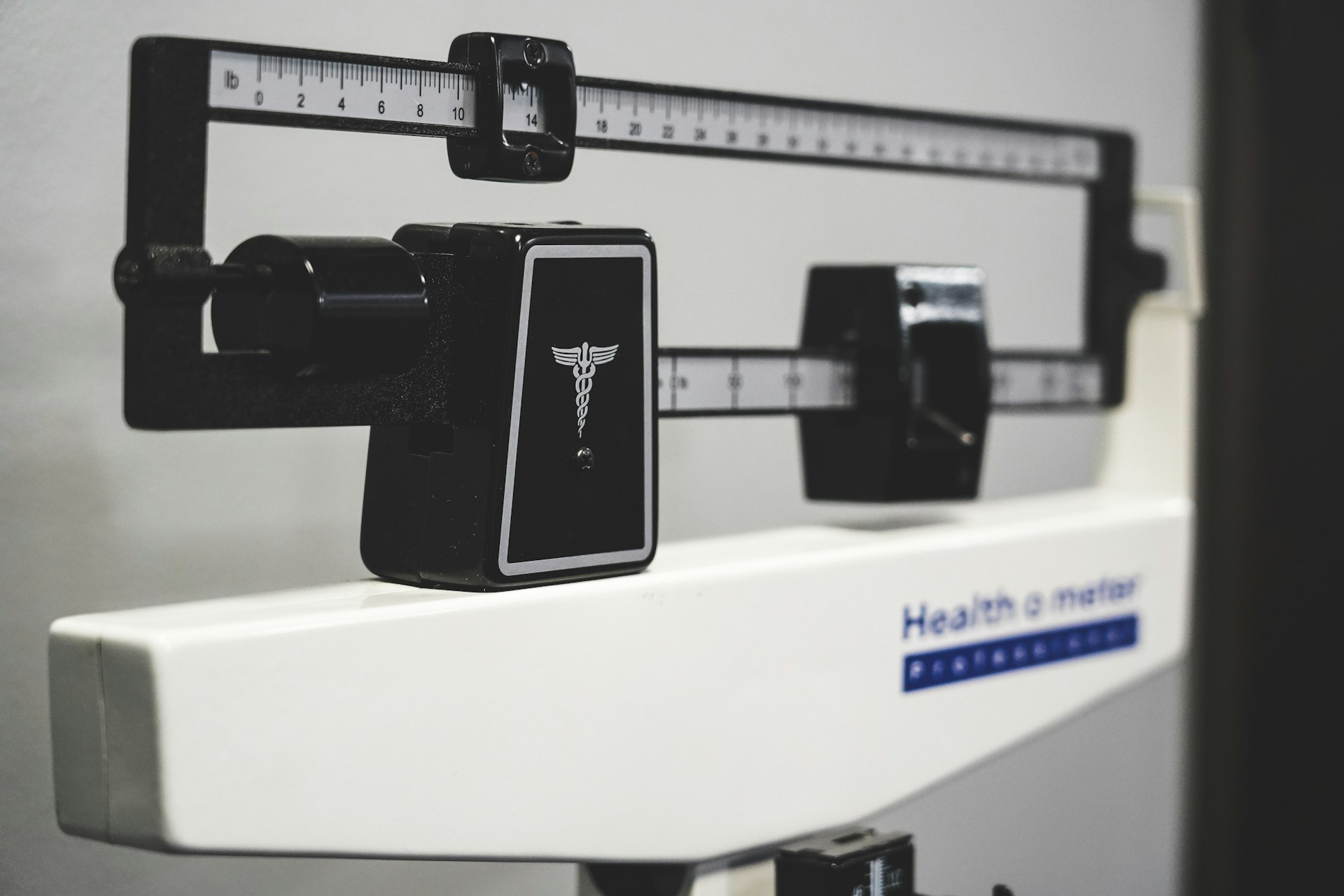These days, individuals who suffer from obesity and its associated conditions have options to get much-needed help. It has been discovered that many obese individuals do not have the ability to lose weight and achieve healthy BMI levels without some type of medical intervention. Unknown health issues, hormonal imbalances, and metabolic roadblocks are often the major contributors to their unhealthy weight.
Bariatric surgery is one form of assistance that can help obese individuals regain their health through the loss of excess weight. Gastric sleeve surgery is the most performed form of weight loss surgery, followed by the traditional gastric bypass. These days, there is a newcomer to this list that has been said to be just as effective but less invasive than traditional gastric bypass.
Today we will be discussing the mini-gastric bypass and how this surgery differs from its predecessor. We will look at the risks and mini-gastric bypass side effects and how they compare to the traditional version of Roux-en-y.
{{cta_button}}
Explaining The Mini-Bypass
A mini-gastric bypass is an upgraded version of the classic Roux-en-Y (classic gastric bypass) and uses both restriction and malabsorption to promote weight loss while being a less intricate surgery. The mini bypass requires less time (about an hour) on the operating table than the traditional surgery and is normally done laparoscopically.
During the surgery, the patient's stomach is split into two separate compartments using a special stapling device so that most of it is separated from the esophagus and can no longer accept food. The remaining tube-like structure is reduced to be significantly smaller and will serve as the new main stomach compartment. Next, the surgeon will move the intestine connection to skip about five feet before it reconnects to the stomach.
These changes will help the individual lose weight because the smaller stomach will prevent them from eating more than a small amount at each meal, and because some of the digestive process is skipped, what they do eat spends less time going through the digestive process, which does not allow the body to absorb all the available calories or nutrients.
Mini Gastric Bypass Surgery Side Effects
The risk factors and the side effects of the mini gastric bypass are significantly less than those of traditional bypass surgery because it only involves re-routing a small portion of the digestive tract using one surgical join vs. two. The risks associated with malnutrition that are concerning after a traditional bypass are also much less likely to occur after a mini-bypass.
A mini-gastric bypass is still a surgical procedure and, therefore, comes with risks. Some of the side effects of a mini gastric bypass include:
- Excessive bleeding;
- Complications from the use of general anesthesia;
- Severe acid reflux;
- Hernias;
- Ulcers;
- Wound infections;
- Staple line leaks;
- Blood Clots;
- An abscess;
- Stricture (stenosis);
- Peritonitis (a stomach leak leading to inflammation);
- Pneumonia.
{{cta_small}}
What Can Prevent The Side Effects Of A Mini Gastric Bypass?
The only way to forego the risks of a surgical procedure is to opt for a non-surgical alternative. Advancements in the field of endobariatrics have made it possible to achieve significant weight loss success through a procedure called Suture Sculpt endoscopic sleeve gastroplasty (ESG). Clinical trials reported that ESG can help individuals lose the same or more of their excess weight than that of the most popular bariatric surgery.
ESG is done by a highly skilled gastroenterologist who has expertise in performing this procedure. Since it is not a surgery, ESG does not involve any cutting, so there will be no wounds that require healing, and no scarring will result on the abdomen. The doctor uses special equipment to gain access to the stomach through the patient's throat. A special device is used to place stitches in strategic locations to hold the stomach into a much smaller tube-like shape.
The smaller stomach prevents the patient from eating too much during one meal, and it helps them stay full and feel satisfied for a longer time. One of the biggest benefits of non-surgical Suture Sculpt ESG is that the risks are extremely low and recovery is very quick. There are no activity restrictions after ESG, so you can do whatever you want and get back to your normal routine. While the bariatric surgery patients are still in pain waiting to get out of the hospital, Suture Sculpt ESG patients can be out playing tennis or 18 holes of golf.
Can You Tell Me More About Suture Sculpt ESG?
Get in touch with Batash Endoscopic Weight Loss Center today to set up an appointment to find out how ESG can help you reach your weight loss goals. We invite you to take a look at some of our patients who have had this procedure and check out their amazing results. Our patients will tell you they feel better than they have in years and they wish they had known about ESG sooner. You can improve your health and achieve success, and we would love to help you.
{{cta_button}}








